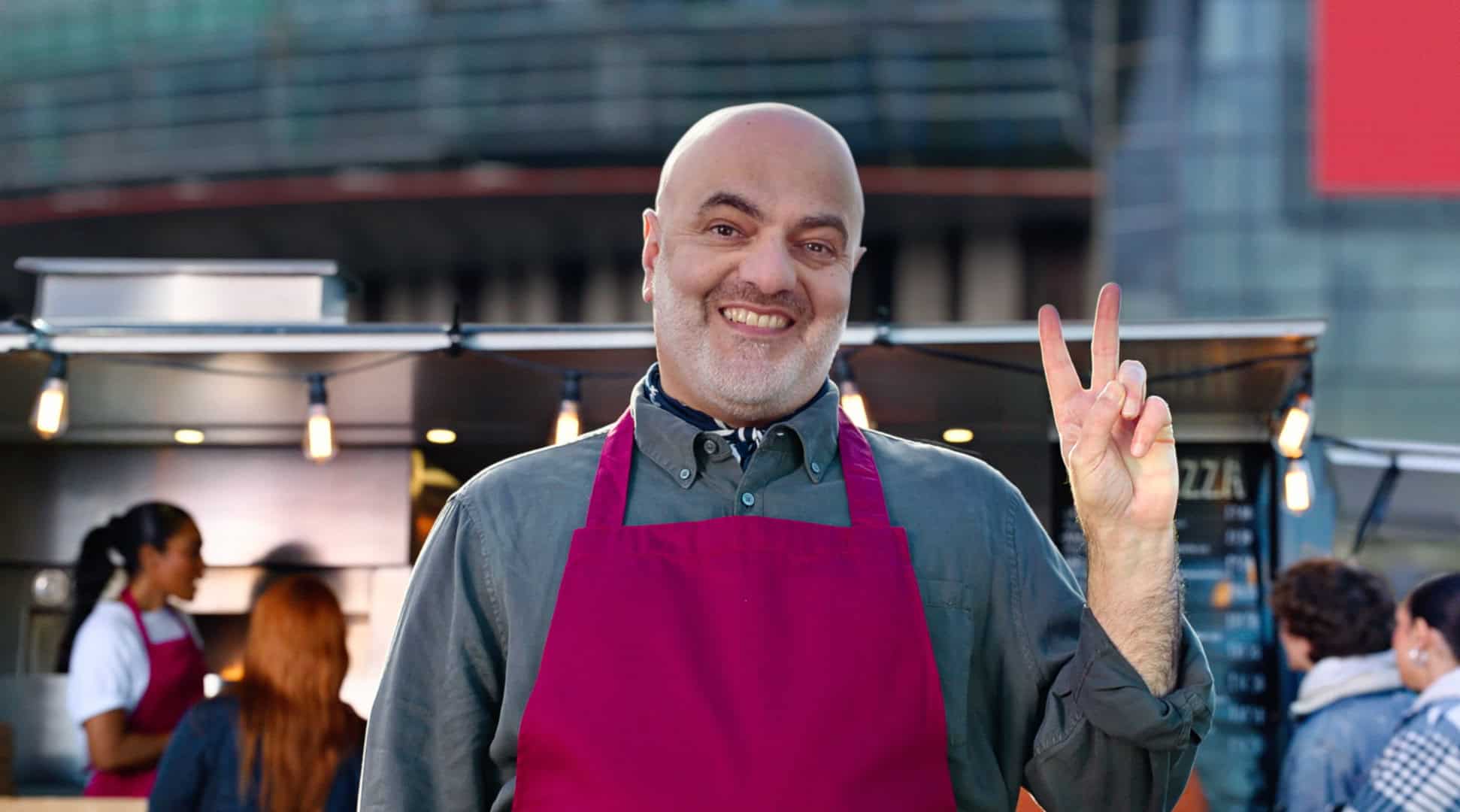In the early days of the coronavirus pandemic there were some fairly obvious examples of how brands really shouldn’t behave. The way Wetherspoon’s treated its staff, Sports Direct insisted their workers carried on despite the risk and Easyjet paying out dividends after insisting crew take unpaid leave were just a few examples – there were plenty more.
Tone-deaf marketers sending out reassuring emails to customers they’d ignored for years got rightly ribbed on Twitter. Ads on TV that showed charming couples on cruise liners suddenly looked deeply unappealing. Banking brands taking out full-page ads when their desperate small business customers couldn’t reach them to ask for help looked worse than out of touch.
Some brands of course got it right. And mostly through acts, not ads; Bacardi and other drinks makers turning distilleries into hand sanitizer factories, AMG Mercedes engineering ventilators, Asda providing free meals through charities to those affected by the disease and other stores instituting dedicated shopping times for key workers. A few banks came out on the side of the angels too; Lloyds suspended planned job cuts and acted fast to grant mortgage holidays and waive overdraft interest, along with Barclays. HSBC made sizeable donations to the Red Cross.
The crisis produced a global tide of home-produced video clips showing everything from opera-singing Italians on balconies to keep-fit ideas in kitchens involving washing-up liquid. Brands struggled to keep up with the memes and were rightly worried whether humour was even appropriate; McDonald’s ‘distancing’ ad in Brazil which separated the golden arches logo came in for some criticism, although Private Eye’s irreverent brand allowed their front cover to promise ‘48 free sheets of toilet paper free with this issue’ when shops were running out of essential supplies.
Mostly, though, the crisis showed there is a fine line for marketers between being useful and relevant, or being seen to take advantage of a crisis. Brands could learn a lot from the way the vast majority of the public responded to calls for responsible behaviour, showing a new-found courtesy and respect for others. Queuing shoppers stayed a polite two metres apart, and in the critical few weeks (with a few exceptions) people did as they were asked and protected the NHS by staying at home.
Brands that got it right behaved in a similar way. They were respectful of others and did their best to make sure they were being useful to the rest of society. Tone of voice is always important, but it matters far more when sensitivities are high; messaging should always be filtered for appropriateness and an empathetic understanding of how the audience may be feeling especially in difficult times.
At AML we work with many clients in sectors that had to keep operating through the crisis finance, government, professional services – we counted ourselves fortunate compared to agencies more exposed to hard-hit sectors like travel, leisure or events. Most of our clients needed more communications not less, and we were able to offer our advice to a number of them in ways that let their brands increase their value by being more useful and relevant to their own customers – from SME lenders to emergency services.
It’s still too early to say whether things have changed, or if the relationship between brands and their audiences will simply revert to how it was before the coronavirus struck. But there is hope that we will all have learned a little more about responsibility, social purpose and how we should behave towards others; and that includes marketers.
Originally appeared in Chartered Banker.


